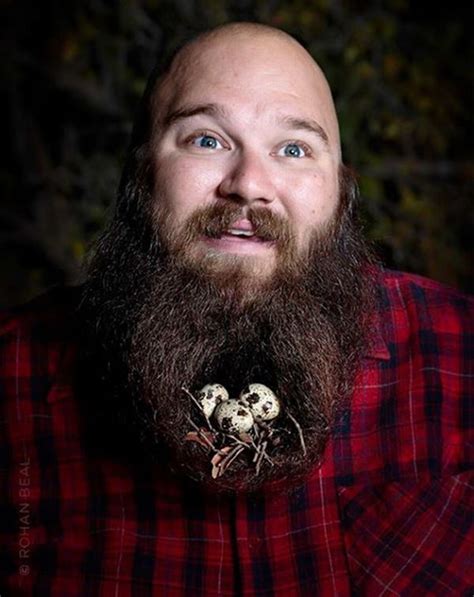Hey, was wondering if anybody might have any tips for me! I’ve been using a Worksharp Knife & Tool Sharpener MK2, and have this weird issue where my knives are coming out sharper on one side than the other.
I know that shouldn’t really make any sense, but I’ve got a knife right now that I have no problem shaving hairs off my arm with, but only with one side. If I flip it over, no matter what angle I approach with, I can’t knock away a single hair. The bevel is also significantly wider on one side, which I also can’t figure out how to correct but I’m sure is related.
I can’t tell if this has anything to do with the fact that the belt rubs against the steel in different directions when sharpening each side (up and into the blade on the left side, down and away from the blade on the right), or if perhaps this might be an error in technique on my part. As far as I can tell, I’m keeping the blade in line with the guides properly and not deviating significantly.
For what it’s worth, I’m working with a hawkbill blade. Meaning that I have to lower the knife as I draw it through the sharpener, to keep contact with the belt. I know this allows for a lot of room for error; I’ve been making an effort to ensure that I’m keeping the alignment correct the whole time, but it’s wholly possible that this may be where I’m messing something up.
Any ideas if I might be doing something wrong or something I could try to get a more even edge on both sides?
Honestly? Don’t use belt sharpeners, they fuck the metal up at the very edge. I’ll explain more if you want, but people turn into assholes about the subject, so I don’t go deeper without an invitation to do so.
That being said, what you’re dealing with is a burr.
When you sharpen a knife on anything the very edge gets bent over a little. It kinda rolls, and that’s what is behind a knife being sharp on one side and not another.
Doesn’t matter what the angle is, what the surface is, it’s about the physics involved in using abrasives and pressure on steel (or other metals). You can’t avoid building a burr, so you don’t try to. Instead, you work with it.
Since you’re using a grinder, you can’t use the usual method of “stropping” where you use the stone itself to gradually thin out and remove the burr (which, at a small enough scale, there’s still some burr left).
So you’ll have to actually strop, unless you have a stone handy. Any piece of leather will do because you don’t need abrasive for this. I say that because they’re are traces of silicates in leather, and some hides have more than others, so people tend to think you have țo strop om a leather that’s more gritty. All you have to do is alternate running the blade from spine to edge across the leather on each side. This “wiggles” the burr until it snaps off, leaving a more even edge.
Most of the time, people get hung up on the angle being precise and even across the length of the blade and think that’s the problem with their results. It very rarely is because the exact angle doesn’t matter at all past a fairly obtuse angle (anything where the angle of the edge with both sides taken into account is less than about 45 degrees). It’s a little less rare that it’s the angle being the same along the edge because as long as the actual edge, the very tippy tip sharp part is even, the rest only matters in terms of how easy it will get through material that’s thicker.
Consistent edges help cutting, but they aren’t essential to sharpness or keenness.
Sharpness is the degree of angle behind the actual cutting edge, and keenness is how thin that cutting edge is. When you look at edges under a microscope, the difference is more discernable than with the naked eye (and the site knifesteelnerds can show you such images, and links to others). What it amounts to is that it doesn’t matter what angle you sharpen at, or what you use to get that angle, what matters is that microscopic edge and how thin it is and how even it is.
So, with a belt grinder, use faster passes across the belt, use mild to soft pressure, and deburr once your angle is set.
You can test for a burr visually, but it’s easier to run a fingernail from the spine of the blade down to the edge, on each side. The side with the burr is going to catch the fingernail. But you can’t just strop that side. You gotta do both because that burr can switch sides. You actually want it to, because that gets it to come off, leaving the edge as clean as it gets.
Again, don’t worry about the edges being even per se. That’s only really important in details of use, not in getting a good cutting edge. A good cutting edge is about that microscopic edge being relatively even and as thin as possible.


